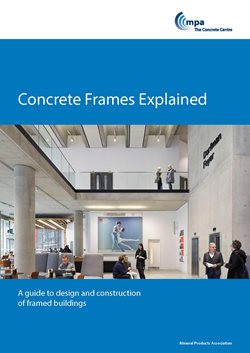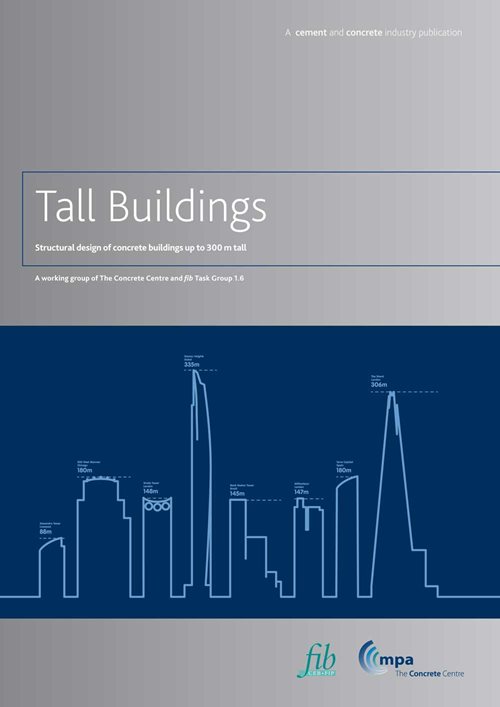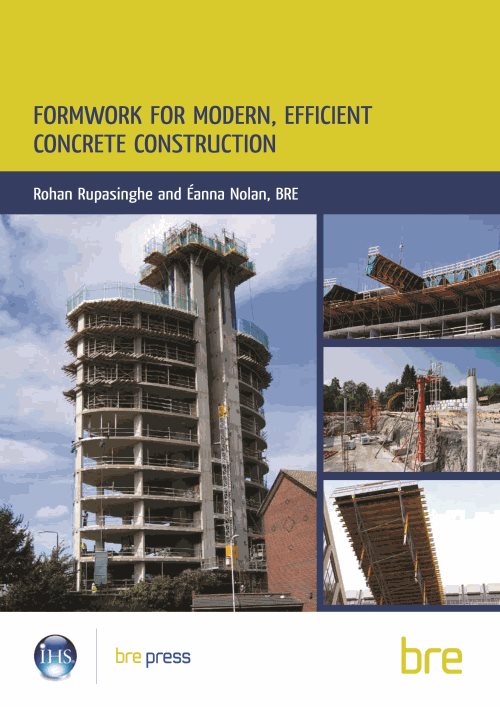Jumpform
Generally, jumpform systems comprise the formwork and working platforms for cleaning/fixing of the formwork, steel fixing and concreting. The formwork supports itself on the concrete cast earlier so does not rely on support or access from other parts of the building or permanent works.
Jumpform, here taken to include systems often described as climbing form, is suitable for construction of multi-storey, vertical concrete elements in high-rise structures, such as:
- Shear walls
- Core walls
- Lift shafts
- Stair shafts
- Bridge pylons
These are constructed in a staged process. It is a highly-productive system designed to increase speed and efficiency while minimising labour and crane time. Systems are normally modular and can be joined to form long lengths to suit varying construction geometries. Three types of jump forms are in general use:
- Normal jump/climbing form: units are individually lifted off the structure and relocated at the next construction level using a crane. Crane availability is crucial.
- Guided-climbing jumpform: also uses a crane but offers greater safety and control during lifting as units remain anchored/guided by the structure.
- Self-climbing jumpform: does not require a crane as it climbs on rails up the building by means of hydraulic jacks.
Benefits
- Fast construction can be achieved by careful planning of the construction process.
- Self-climbing formwork cuts down the requirement for crane time considerably. By allowing the crane to be used for other construction work this may reduce the total number of cranes needed on site.
- The formwork is independently supported, so the shear walls and core walls can be completed ahead of the rest of the main building structure.
- High quality surface finishes can be achieved.
- Climbing forms can be designed to operate in high winds.
- Highly engineered nature of jump form systems allows quick and precise adjustment of the formwork in all planes.
- Some formwork systems can be used at an inclined angle.
- A small but skilled workforce is required on site.
- It is easier to plan construction activities due to the repetitive nature of the work.
Safety
- Working platforms, guard rails, and ladders are built into the completed units of market-leading formwork systems.
- Self-climbing formwork systems are provided with integral free-fall breaking devices.
- The completed formwork assembly is robust.
- The reduced use of scaffolding and temporary work platforms results in less congestion on site.
- The setting rate of concrete in those parts of the structure supporting the form is critical in determining the rate at which construction can safely proceed.
- The repetitive nature of the works means site operatives are quickly familiar with health and safety aspects of their job.
Other considerations
- Jumpform is typically used on buildings of five storeys or more; fully self-climbing systems are generally used on structures with more than 20 floor levels.
- Trailing and suspended platforms are used for concrete finishing and retrieving cast-in anchor components from previous pours.
More information on formwork can be sourced from Formwork for Modern Efficient Concrete Construction, published by BRE.
Concrete Frames Explained

Tall Buildings

Formwork for Modern, Efficient Concrete Construction
